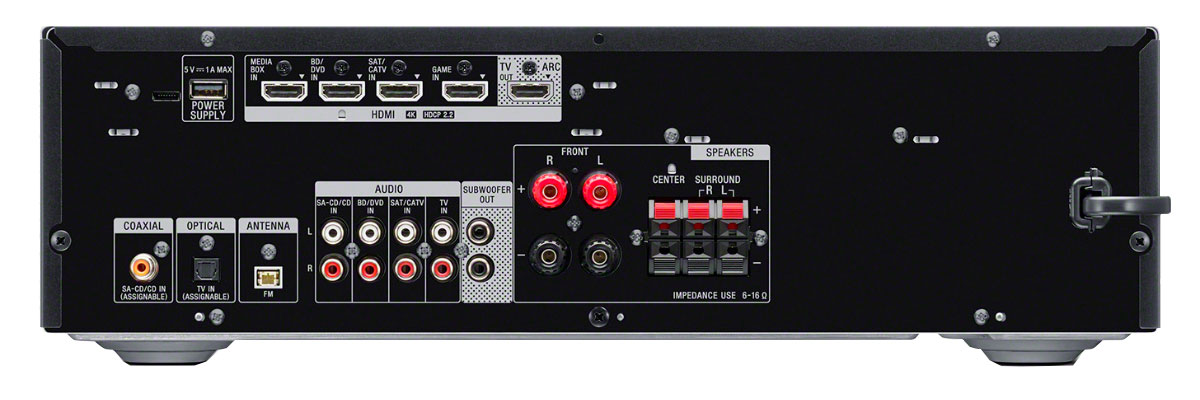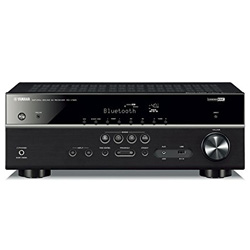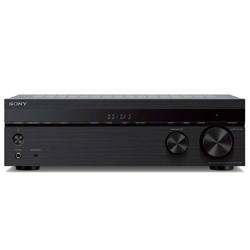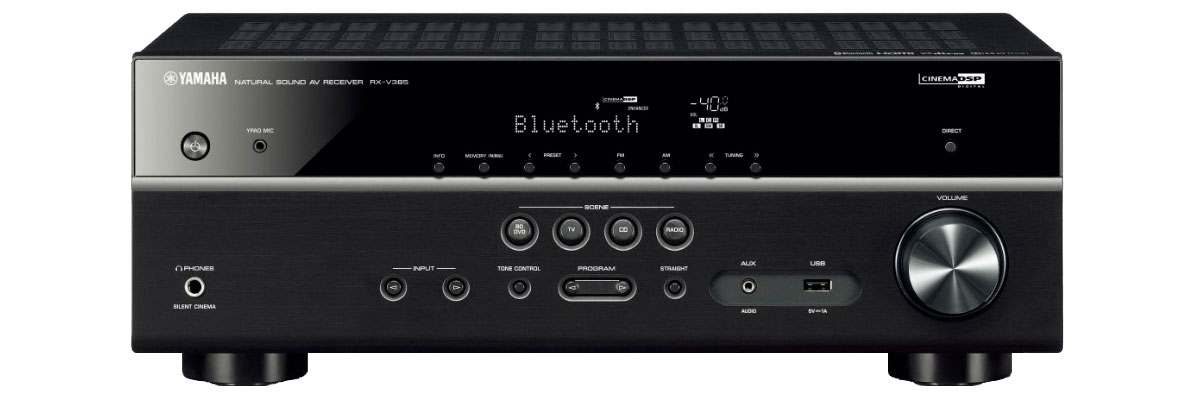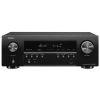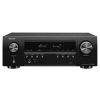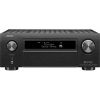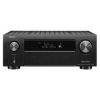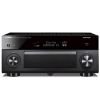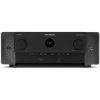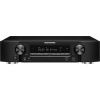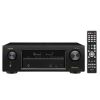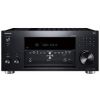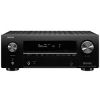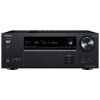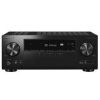Dec 13, 2019
Read More
The device has support for Dolby True HD and DTS Master HD decoders. The amplifier part is capable of delivering 70 watts to each of the five channels. In this case, the receiver will be able to serve as the centerpiece of a very modern recreation center, at least in terms of video. All HDMI version 2.2 inputs support streams in the high dynamic range formats HDR10, HLG and Dolby Vision at 4K 60 Hz.
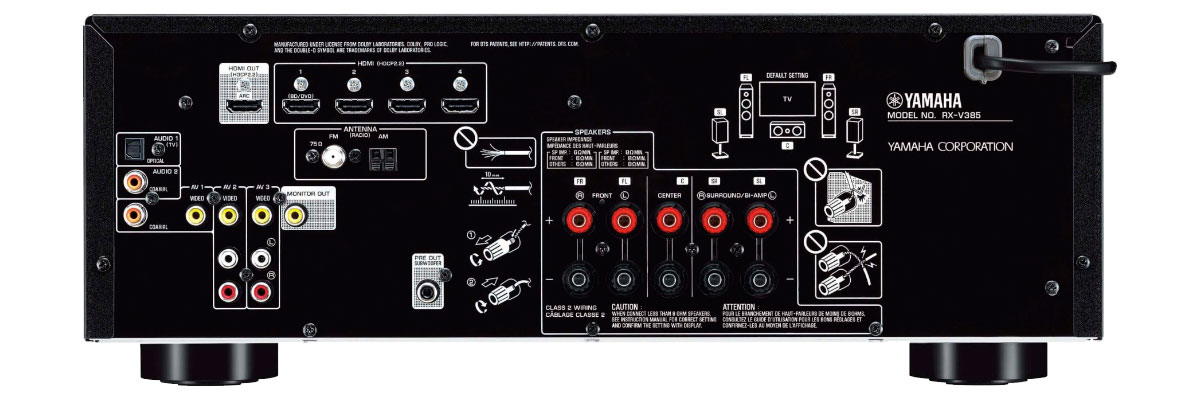
The model supports working with 4K HDR video and provides the user with a detailed picture. And there is also technology for customizable surround sound and Dolby Vision 5.1. channel mode thanks to an amplifier with a power of 90 watts per channel, but if compare Yamaha RX-V385 vs Sony STR-DH590, the RX-V385 has higher impedance – 8 Ohm versus 6 Ohm. The receiver case is designed in such a way as to reduce the vibration that is transmitted from the sound pressure of the speaker for better sound quality. Using the Bluetooth module, users can play files in high quality.
